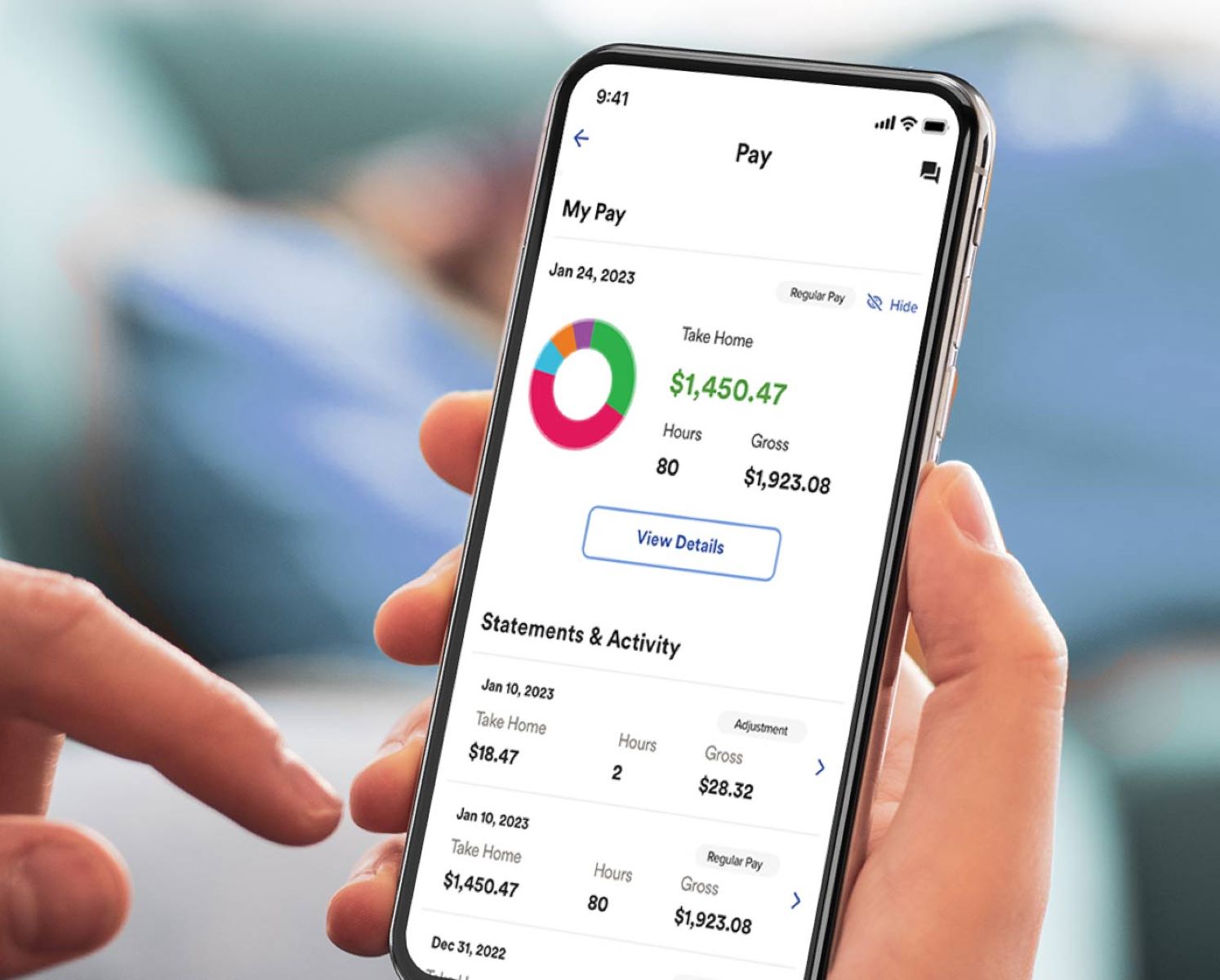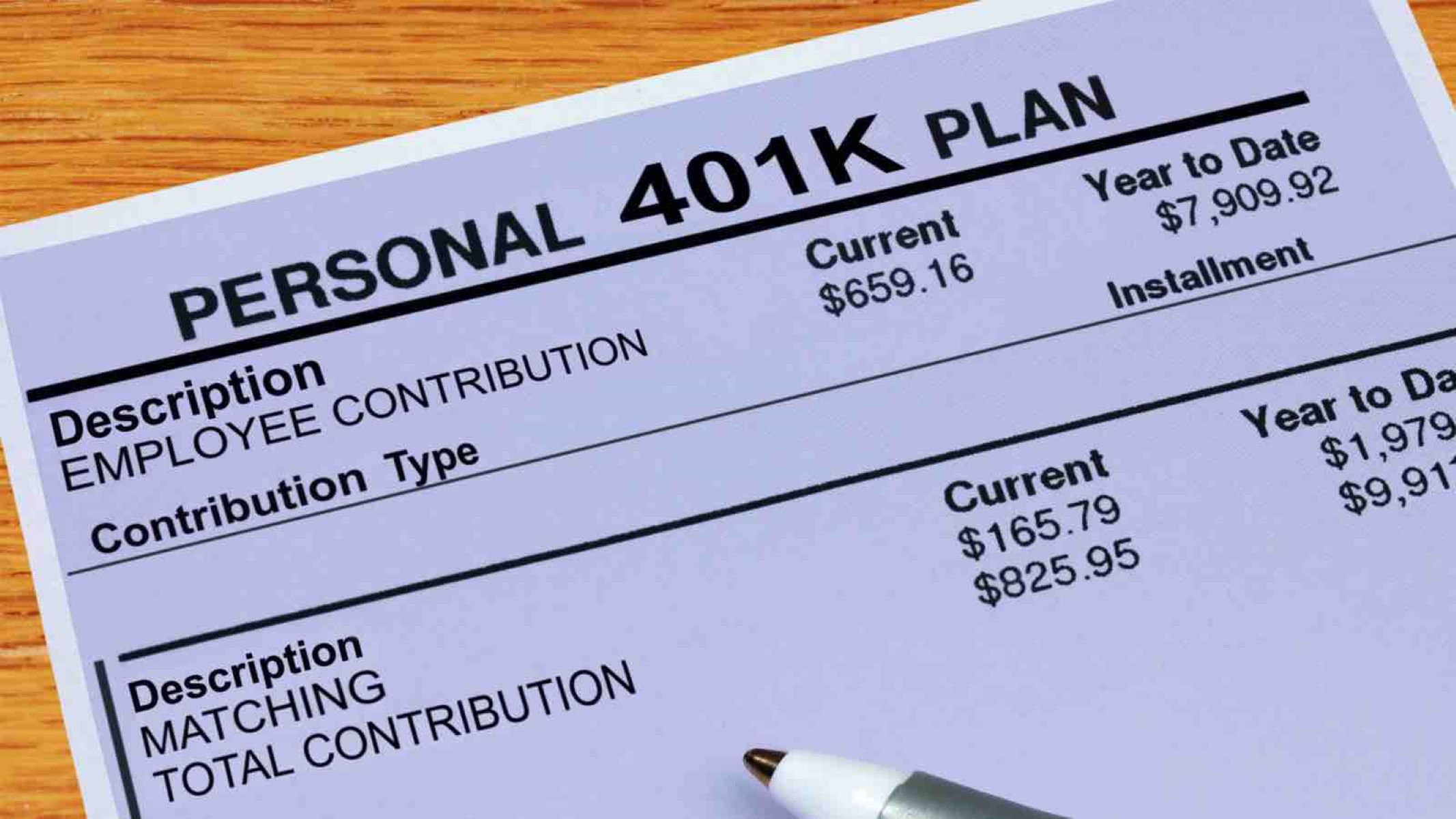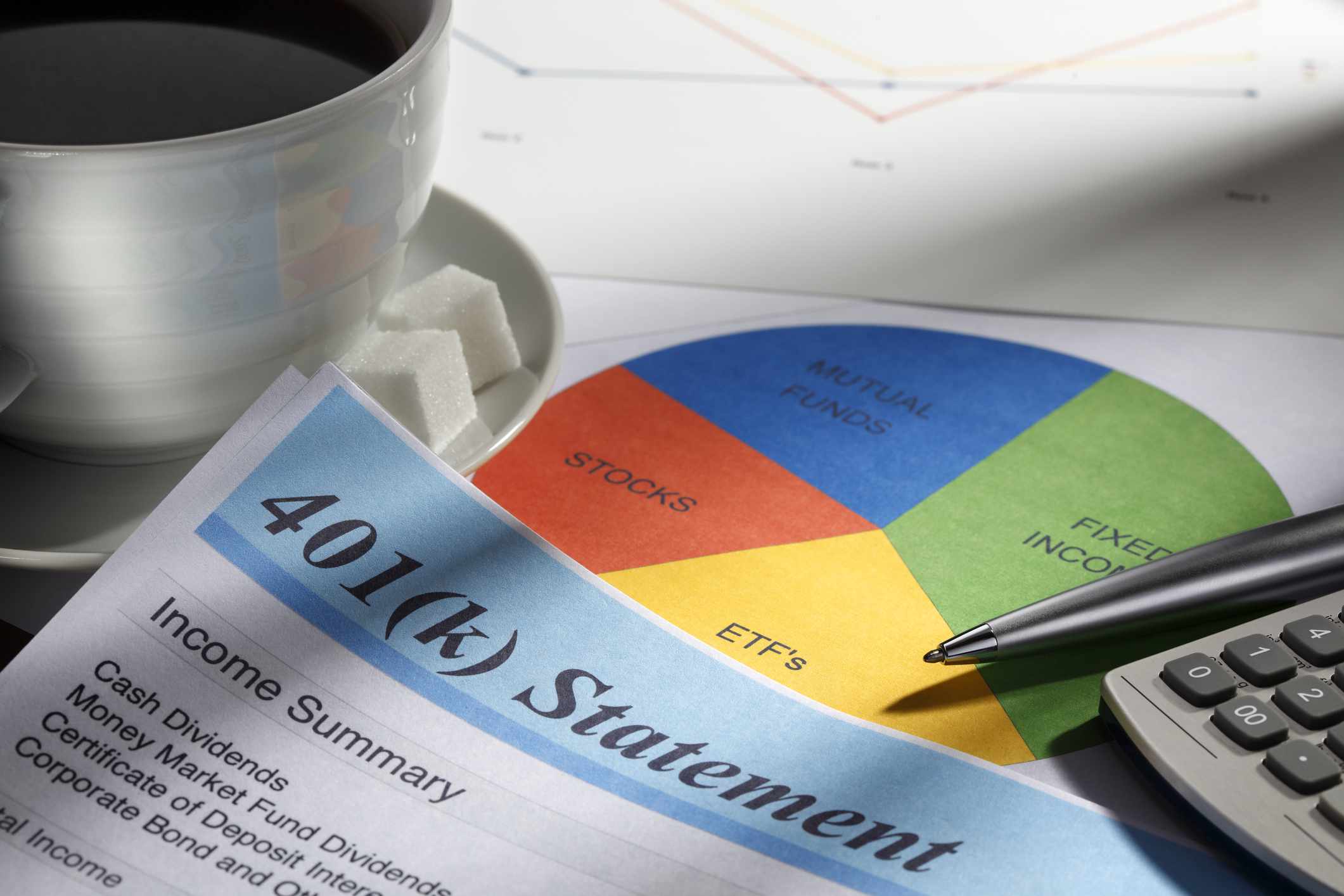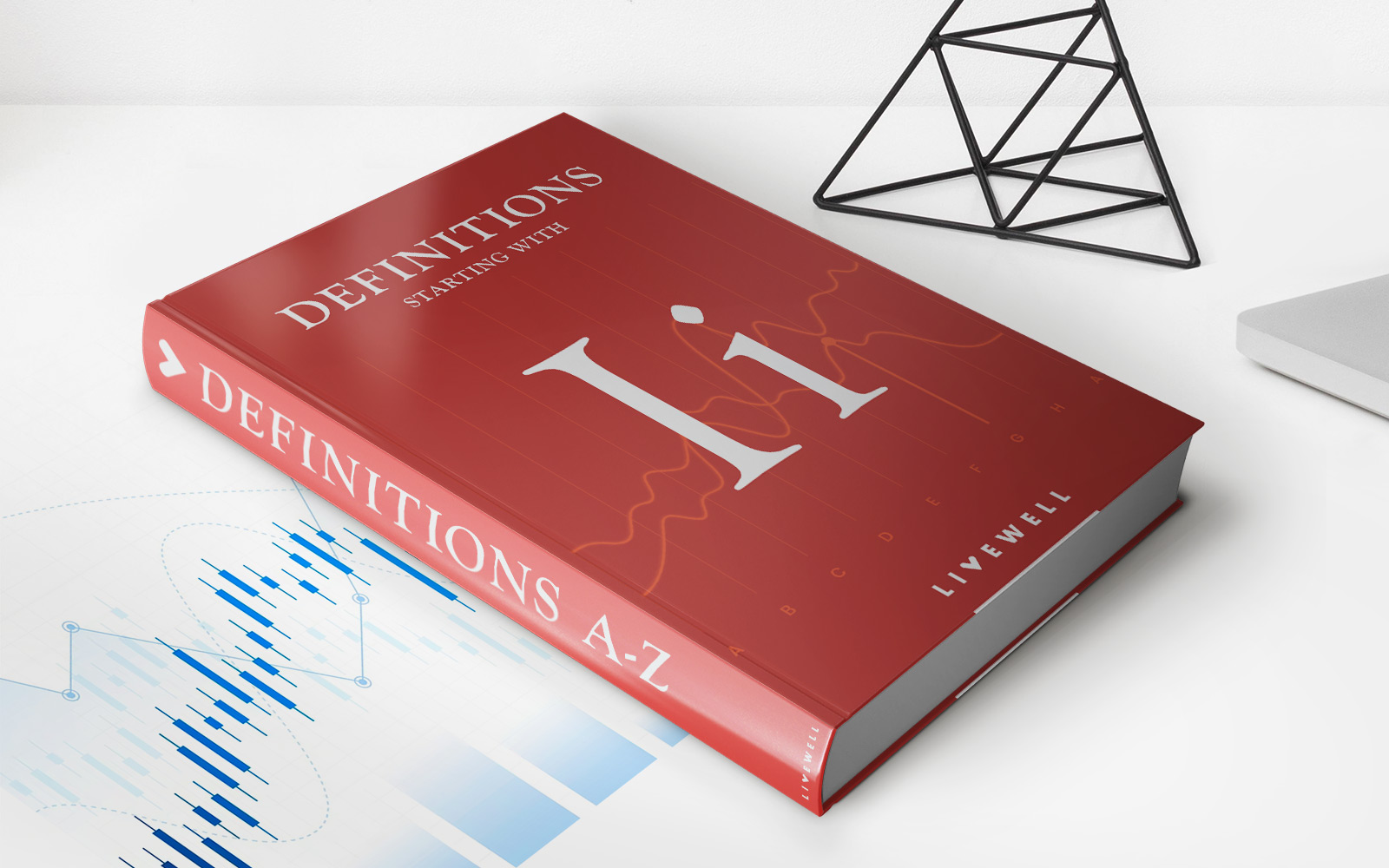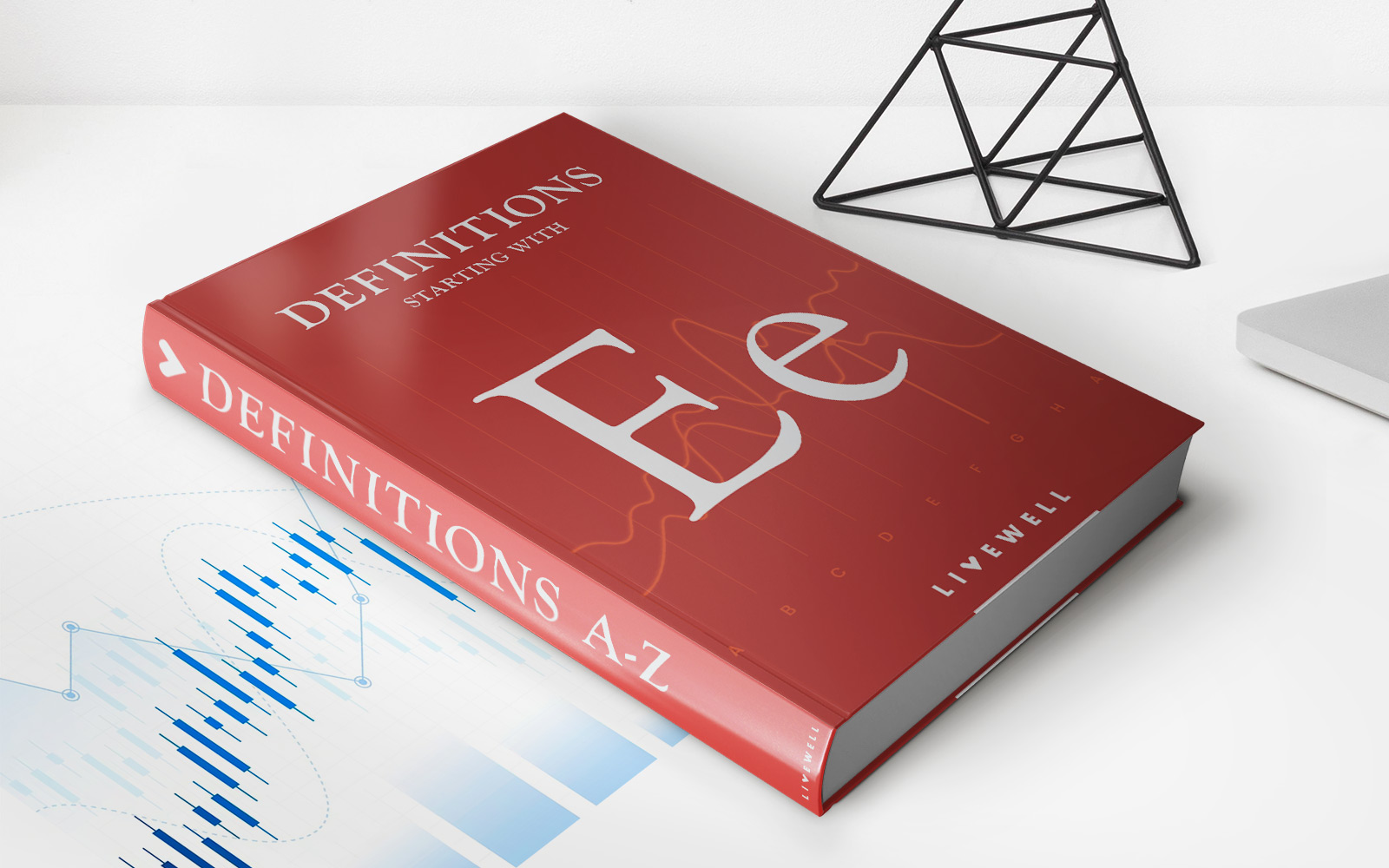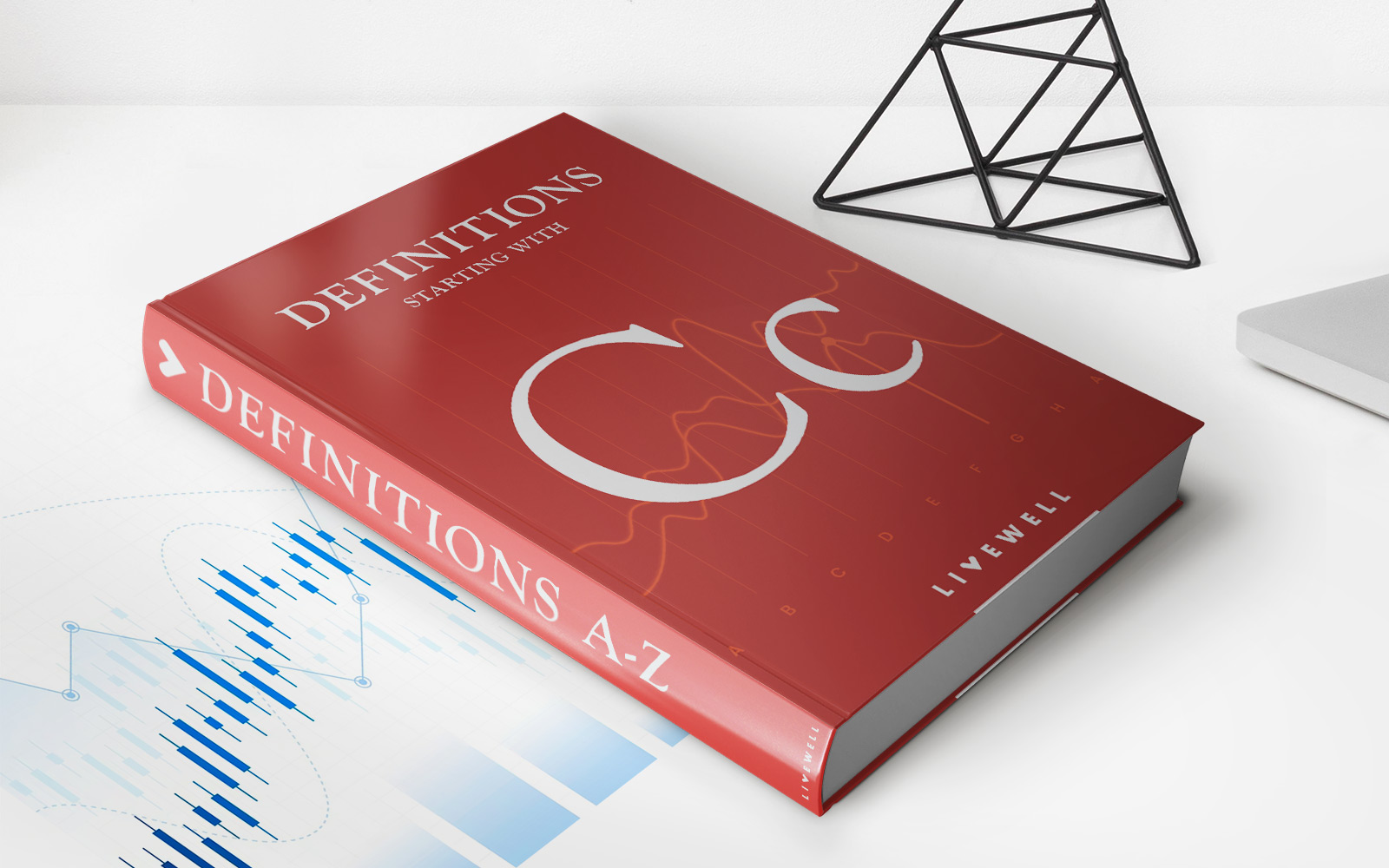

Finance
How To Repay 401K Loan After Leaving Job
Published: October 17, 2023
Discover the best ways to repay your 401K loan after leaving your job and manage your finances effectively with our expert financial advice.
(Many of the links in this article redirect to a specific reviewed product. Your purchase of these products through affiliate links helps to generate commission for LiveWell, at no extra cost. Learn more)
Table of Contents
Introduction
When faced with unexpected expenses or financial hardships, many individuals turn to their 401K retirement savings as a potential source of funds. One option that 401K plans offer is the ability to take out a loan against the funds in your account. While this can provide temporary relief, it’s important to understand the implications and repayment options if you decide to take a 401K loan and later leave your job.
A 401K loan is essentially borrowing money from your own retirement savings. It allows you to access a portion of the funds in your 401K account, usually up to a maximum of 50% of the vested balance or $50,000, whichever is less. The loan must be repaid within a specified period, typically five years, although longer repayment terms may be available if the funds are used to purchase a primary residence.
However, leaving your job before fully repaying the 401K loan can complicate matters. It’s important to understand your options and the potential consequences before making any decisions. In this article, we will explore the various repayment options available to individuals who have taken a 401K loan and are planning to leave their job.
Understanding 401K Loans
Before we delve into the repayment options, it’s essential to have a clear understanding of what a 401K loan entails. A 401K loan is a type of loan where you borrow money from your own retirement savings held in a 401K account. Unlike traditional loans, a 401K loan does not require a credit check or income verification since the funds are essentially your own.
The funds borrowed from a 401K loan can be used for various purposes, such as paying off debt, financing a home purchase, covering medical expenses, or any other qualifying financial need. The interest rates on 401K loans are typically lower than what you would find with other types of loans, making it an attractive option for individuals seeking affordable financing.
It’s important to note that while the funds are borrowed, they are still considered a withdrawal from your 401K account. As such, the loan amount is not subject to taxes or penalties. However, if you default on the loan or fail to repay it according to the terms, it can have significant financial implications.
One key aspect to consider is that when you take out a 401K loan, the borrowed funds are no longer invested in your retirement account. This means that you miss out on potential investment gains that could have accrued over the loan term. Additionally, if you leave your job, whether voluntarily or involuntarily, while still owing on a 401K loan, the outstanding balance becomes due, and you must determine a plan for repayment.
Now that we have a basic understanding of what a 401K loan entails, let’s explore the different options available for repayment when you leave your job.
Repayment Options After Leaving a Job
When you leave your job, whether it’s due to a career change, retirement, or job loss, you may be wondering about the best way to navigate the repayment of your 401K loan. Here are the options available to you:
- Option 1: Full Repayment: The simplest and most straightforward option is to repay the full outstanding balance of your 401K loan. This means paying back the remaining principal loan amount plus any accrued interest. By doing so, you avoid any additional fees or taxes that may be incurred. However, it’s important to note that this can be a significant financial burden, especially if you’re transitioning into a lower-paying job or facing other financial challenges.
- Option 2: Partial Repayment with Penalty: If you’re unable to afford the full repayment, you may have the option to make a partial repayment of your 401K loan. However, keep in mind that this will typically come with penalties. You will owe taxes on the outstanding loan balance, as well as a 10% early withdrawal penalty if you’re under the age of 59 ½. It’s crucial to consult with a financial advisor to understand the potential tax implications and determine if this is the best choice for your financial situation.
- Option 3: Rollover into an IRA: Another option is to rollover the outstanding 401K loan balance into an Individual Retirement Account (IRA). This can help you avoid the immediate tax consequences and penalties associated with a partial repayment. However, the repayment terms and interest rates may differ from your original 401K loan. Additionally, it’s essential to research the specific rules and regulations regarding rollovers to ensure compliance and to make an informed decision.
- Option 4: Defaulting on the Loan: While not recommended, defaulting on the loan is an option, albeit with severe consequences. By defaulting, you not only damage your credit score but also trigger taxes and penalties on the outstanding loan balance. Additionally, the remaining loan balance will be treated as a taxable distribution, potentially resulting in a substantial tax bill. It’s crucial to exhaust all other repayment options before considering defaulting on your 401K loan.
Each repayment option comes with its own set of considerations and potential consequences. It’s important to carefully evaluate your financial situation and consult with a financial advisor to determine the best course of action.
Option 1: Full Repayment
The first repayment option after leaving a job is to make a full repayment of your 401K loan. This involves paying back the remaining principal loan amount plus any accrued interest in a lump sum.
Choosing to fully repay your 401K loan is the most straightforward and financially responsible option. By doing so, you avoid any additional fees, taxes, or penalties associated with partial repayment or defaulting on the loan. Additionally, it allows you to maintain the full balance in your retirement account, ensuring your long-term financial security.
However, repaying the full outstanding balance can be a significant financial burden, especially if you have recently left your job and are facing other financial challenges. It may require careful budgeting and potentially delaying other financial goals to ensure you can make the necessary repayment.
If you decide to pursue this option, it’s important to contact your 401K loan provider to obtain the exact amount remaining on the loan. They will provide you with the necessary information and instructions for repayment. Keep in mind that some providers may require the repayment within a specific timeframe after leaving your job, so it’s crucial to act promptly.
Before making a full repayment, assess your overall financial situation. Consider factors such as your current income, expenses, and any other outstanding debts you may have. It may be helpful to create a repayment plan and determine how it will impact your overall financial stability.
If making a full repayment is not currently feasible, you may want to explore the other repayment options available. Partial repayment with penalties or rolling over the loan into an IRA are alternatives that can help alleviate the immediate financial burden while still addressing the outstanding loan balance.
Ultimately, the decision to fully repay your 401K loan depends on your individual circumstances and financial goals. It’s advisable to consult with a financial advisor who can provide personalized guidance and help you make an informed decision.
Option 2: Partial Repayment with Penalty
If you are unable to afford the full repayment of your 401K loan after leaving your job, you may consider the option of making a partial repayment with penalties. This involves paying back a portion of the outstanding loan balance, but it comes with certain consequences that you should carefully consider.
When you make a partial repayment of your 401K loan, you will owe taxes on the remaining loan balance, as well as a 10% early withdrawal penalty if you’re under the age of 59 ½. These additional taxes and penalties can significantly impact the overall amount you owe and may eat into any potential savings or benefits from the loan.
Prior to deciding on this option, it’s crucial to consult with a financial advisor or tax professional to understand the potential tax implications and calculate the exact amount you’ll owe in taxes and penalties. They can help you evaluate whether it’s financially feasible and advise you on the best course of action.
While making a partial repayment with penalties may be a viable option for some, it’s important to consider its potential impact on your overall financial health. You need to assess whether the amount you will have to pay in taxes and penalties outweighs the benefit of reducing the outstanding loan balance.
Remember that, even after making a partial repayment, you will still have an outstanding loan balance to address. It’s important to have a repayment plan in place to ensure that you’re able to repay the remaining balance within the required timeframe and avoid defaulting on the loan.
Furthermore, if you plan on rolling over the remaining loan balance into an IRA in the future, keep in mind that IRAs have their own rules and regulations regarding loans and withdrawals. Understanding these rules is crucial to make an informed decision and avoid any unexpected penalties or taxes.
It’s essential to carefully consider the financial implications and weigh the pros and cons before choosing the option of a partial repayment with penalties. Consulting with a financial advisor can provide valuable insights and help you determine whether this path aligns with your long-term financial goals.
Option 3: Rollover into an IRA
If you have a 401K loan and are planning to leave your job, another option for repayment is to rollover the outstanding loan balance into an Individual Retirement Account (IRA).
By rolling over the loan into an IRA, you can potentially avoid the immediate tax consequences and penalties associated with a partial repayment or defaulting on the loan. However, it’s important to understand the specific rules and regulations regarding rollovers to ensure compliance and make an informed decision.
When you rollover the loan into an IRA, the remaining loan balance becomes a part of your IRA, subject to the regular contribution and withdrawal rules of an IRA. This means you will need to repay the loan within the specified timeframe and adhere to any additional terms set by the IRA provider.
It’s important to note that the repayment terms and interest rates may differ from your original 401K loan. Additionally, the repayment period may be shorter, which could impact the monthly repayment amount. It’s crucial to review and understand the terms of the IRA loan before proceeding with the rollover.
Before making the decision to rollover, you should consult with a financial advisor or tax professional who can guide you through the process and provide personalized advice based on your individual financial situation.
One advantage of rolling over the loan into an IRA is that it allows you the potential to continue earning tax-advantaged growth on the remaining loan balance. However, it’s important to consider your long-term financial goals and the potential impact on your retirement savings before making this decision.
Another factor to consider is the overall management and administration of your retirement savings. By consolidating the loan into an IRA, you may have greater control over your retirement investments and a streamlined approach to managing your retirement funds.
It’s crucial to thoroughly research and compare different IRA providers to ensure that they accommodate 401K loan rollovers. Some providers may have specific rules or restrictions regarding loans, so it’s essential to choose the right provider for your needs.
Overall, rolling over the outstanding loan balance into an IRA provides an alternative repayment option, allowing you to potentially avoid immediate taxes and penalties associated with other repayment methods. However, it’s important to carefully evaluate the terms and implications of the IRA loan and seek professional advice to ensure it aligns with your financial goals.
Option 4: Defaulting on the Loan
While it is strongly advised against, defaulting on the loan is an option for individuals who are unable or unwilling to repay their 401K loan after leaving their job. However, it is important to note that defaulting on a loan can have severe consequences for your financial future.
When you default on a 401K loan, you essentially fail to meet the repayment obligations outlined in your loan agreement. This can happen if you stop making payments, do not repay the loan within the required timeframe, or do not meet any other specified terms.
Defaulting on a 401K loan can have several negative consequences:
- Taxes and Penalties: Once you default on the loan, the remaining loan balance is treated as a taxable distribution. This means you may owe income taxes on the outstanding amount, which can result in a substantial tax bill. Additionally, if you are under the age of 59 ½, you may also be subject to a 10% early withdrawal penalty.
- Damage to Credit Score: Defaulting on any type of loan can have a negative impact on your credit score. This can make it more difficult to obtain credit in the future and may result in higher interest rates on loans or credit cards.
- Limited Retirement Savings: By defaulting on your 401K loan, you miss the opportunity for potential investment growth in your retirement account. This can significantly impact your long-term financial security and retirement savings.
- Employment Challenges: Defaulting on a loan may make it difficult to secure future job opportunities, particularly if potential employers conduct credit checks as part of their hiring process.
Defaulting on a 401K loan should only be considered as a last resort when no other repayment options are feasible. It is highly recommended to exhaust all other possibilities before choosing this route.
If you find yourself in a situation where you are unable to repay your 401K loan, it is crucial to reach out to your loan provider as soon as possible. They may be able to offer alternatives, such as restructuring the loan or negotiating new repayment terms.
Consulting with a financial advisor or credit counselor can also provide guidance and help you navigate the potential consequences of defaulting on a 401K loan.
Remember, defaulting on a loan is not a decision to be taken lightly. It is important to carefully evaluate all options and consider the long-term financial implications before choosing this path.
Considerations and Pros/Cons of Each Option
When deciding on the best repayment option for your 401K loan after leaving your job, it’s crucial to consider the specific circumstances of your financial situation. Take into account factors such as your income, expenses, potential tax consequences, and long-term financial goals. Let’s explore the considerations and pros/cons of each repayment option:
Option 1: Full Repayment
- Considerations: Can you afford the lump sum repayment? Will it have a significant impact on your current financial situation? Do you have other outstanding debts or financial obligations to consider?
- Pros: Avoids additional fees, taxes, or penalties associated with partial repayment or defaulting. Ensures the complete balance remains in your retirement account for future growth and security.
- Cons: Can be a significant financial burden and may require careful budgeting and potentially delaying other financial goals.
Option 2: Partial Repayment with Penalty
- Considerations: What are the exact tax and penalty implications? Can you afford the repayment amount, including the additional taxes and penalties?
- Pros: Provides an opportunity to reduce the outstanding loan balance without fully repaying it. Potentially avoids immediate taxes and penalties associated with defaulting on the loan.
- Cons: Incurs additional taxes and penalties that can significantly impact the overall amount owed. May not be financially feasible for everyone.
Option 3: Rollover into an IRA
- Considerations: Does the IRA provider allow 401K loan rollovers? Are the repayment terms and interest rates favorable? Do you understand the rules and regulations of the IRA regarding loans and withdrawals?
- Pros: Potentially avoids immediate taxes and penalties. Provides an opportunity for continued tax-advantaged growth on the remaining loan balance.
- Cons: Repayment terms and interest rates may differ. Requires adherence to the specific rules and regulations of the IRA provider.
Option 4: Defaulting on the Loan
- Considerations: What are the potential tax ramifications? How will defaulting impact your credit score and financial future? Have you exhausted all other repayment options?
- Pros: May provide temporary relief from immediate financial burdens.
- Cons: Triggers taxes and penalties on the outstanding loan balance. Damages credit score and impacts future borrowing opportunities. Negatively affects long-term retirement savings.
Each repayment option has its own set of considerations and potential benefits and drawbacks. By evaluating these factors and consulting with a financial advisor, you can make an informed decision that aligns with your financial goals and long-term stability.
Conclusion
Repaying a 401K loan after leaving your job requires careful consideration of your financial situation and long-term goals. It’s important to understand the various repayment options available and weigh their pros and cons. While each option has its own implications, the ultimate goal should be to address the outstanding loan balance responsibly, while minimizing any potential financial setbacks.
Full repayment offers the benefit of avoiding additional fees, taxes, or penalties associated with partial repayment or defaulting. However, it can be financially challenging, especially if you’re facing other financial obligations.
Partial repayment with penalties allows for a reduced loan balance, but it comes with tax consequences and penalties that may impact the overall amount owed and should only be pursued after careful evaluation.
Rollover into an IRA provides an alternative option, potentially avoiding immediate taxes and penalties while allowing continued tax-advantaged growth. However, it’s crucial to carefully review and understand the terms and investment options of the IRA before proceeding with the rollover.
Finally, defaulting on the loan is strongly discouraged due to the severe financial consequences, including taxes, penalties, credit score damage, and impact on long-term retirement savings.
Regardless of the chosen repayment option, it’s essential to consult with a financial advisor or tax professional who can provide personalized advice based on your specific financial circumstances.
Remember, your 401K is meant to provide financial security for your retirement. Repaying your 401K loan after leaving your job is an important step toward ensuring a stable financial future. Consider all options, weigh their advantages and disadvantages, and make a decision that aligns with your goals and financial well-being.
By approaching the repayment of your 401K loan with careful consideration and informed decision-making, you can navigate this financial obligation while safeguarding your long-term financial security.
